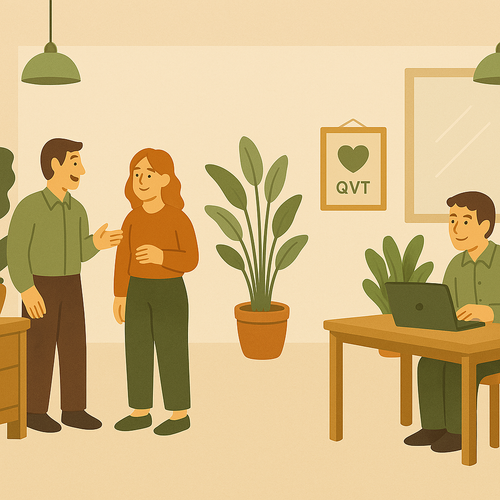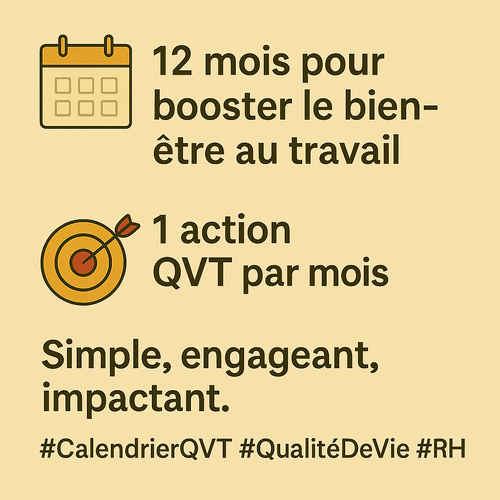Introduction: Towards a Sustainable Business Strategy
As leaders, we have a responsibility to steer our businesses toward a more sustainable future.
The United Nations Sustainable Development Goals (SDGs) provide a clear framework for achieving this goal.
But how can we effectively integrate them into our activities?
Here is a step-by-step guide to transforming our commitment into concrete actions.
Step 1: Analysis and Definition of Priorities
The first step in integrating the SDGs is to assess which goals are most relevant to our business and operations.
- Initial assessment : Identify the company's impacts on each SDG (e.g., the SDGs on responsible consumption, well-being at work, or partnerships).
- Choose priority SDGs : Select the objectives that correspond to the company’s values and the expectations of our stakeholders (customers, employees, partners).
- Resource study : Analyze the human, financial and material resources required for the planned actions.
Estimated time : 1 month
Recommended tools : Collaborative workshops, internal surveys, carbon and energy footprint assessment.
Step 2: Define a Strategic Plan
Once the priorities are defined, it is crucial to build a strategic plan aligned with the selected SDGs.
- Set specific and measurable goals : For each priority SDG, define key performance indicators (KPIs) and measurable results (e.g., “Reduce plastic use by 20% within 2 years”).
- Create pilot projects : Start with small-scale initiatives to assess their feasibility and impact before scaling them up.
- Develop a timeline : Establish a 1- to 5-year action schedule, with quarterly milestones to assess progress.
Estimated time : 2 months
Recommended tools : Strategic roadmaps, project management software, reporting tools.
Step 3: Train and Involve Teams
To successfully integrate the SDGs, it is essential that every employee understands their importance and is involved in the process.
- Training and workshops : Organize training sessions on the SDGs and sustainability to raise awareness among teams.
- Stakeholder Engagement : Engage employees, suppliers and customers by communicating our commitments and encouraging participation.
- Encourage internal initiatives : Create working groups around the different SDGs to propose innovative ideas.
Estimated time : Continuous, with an initial 3-month training cycle
Recommended tools : Online training platforms, participatory workshops, idea box for internal initiatives.
Step 4: Implementation and Monitoring of Actions
Once projects are launched, regular monitoring allows the impact to be measured and the plan to be adjusted if necessary.
- Launch of actions : Implement internal projects and campaigns for each prioritized SDG (for example, the SDG on corporate well-being with initiatives to improve the quality of life at work).
- KPI Tracking : Evaluate KPIs quarterly to measure progress (carbon footprint reduction, employee satisfaction, etc.).
- Reporting and Communication : Prepare regular reports for stakeholders and share results within the company.
Estimated time : Continuous
Recommended tools : Reporting software, KPI dashboards, internal newsletters to inform employees.
Step 5: External Communication and Commitment Promotion
Communicating our commitment and progress helps strengthen our brand image and demonstrate our contribution to the SDGs.
- Publish sustainability reports : Develop an annual report that details our actions, objectives and results against the SDGs.
- Social Media Communications : Share regular updates to show the progress of our initiatives.
- Participate in forums and partnerships : Join forums and local initiatives to exchange with other companies committed to the SDGs.
Estimated time : Continuous
Recommended tools : Company blog, social media, CSR report publications.
Step 6: Evaluation and Adjustments
At the end of each annual cycle, it is important to make an overall assessment to evaluate the results and adjust the actions.
- Assess overall progress : Measure the impact of each SDG on the business and identify areas for improvement.
- Reassess priorities : Priorities may change based on results achieved and new challenges.
- Planning the next cycle : Based on the lessons learned, plan the next cycle of actions.
Estimated time : 1 month at the end of each year
Recommended tools : Data analysis tools, team reviews, annual reports.
Conclusion: A Sustainable Commitment for a Positive Impact
Integrating the Sustainable Development Goals into our business is a process that requires planning, commitment, and a long-term vision.
By following this action plan, we can create a resilient, environmentally friendly company that cares about the well-being of its employees and partners. Our efforts for a sustainable world also serve as a lever for growth and attractiveness for our company.
Call-to-Action : If you would like to learn more about our approach to the SDGs or discover our current actions, follow our blog or contact us for more details.










